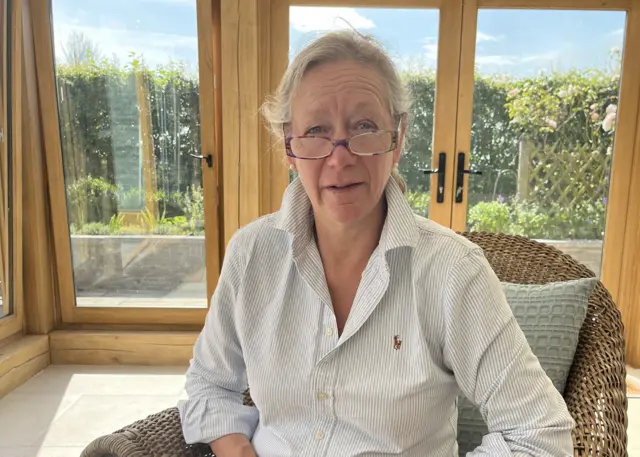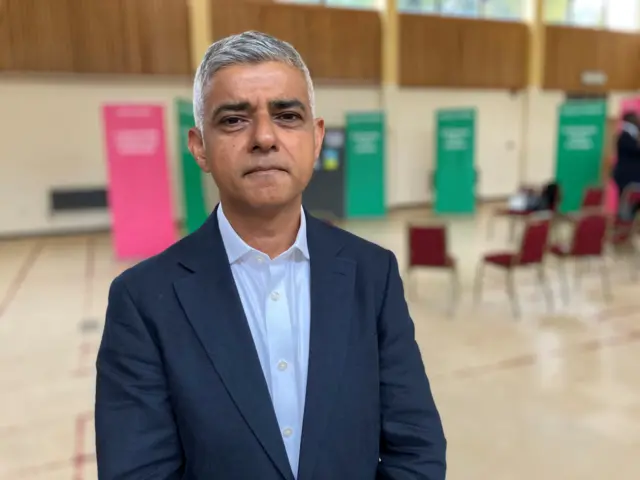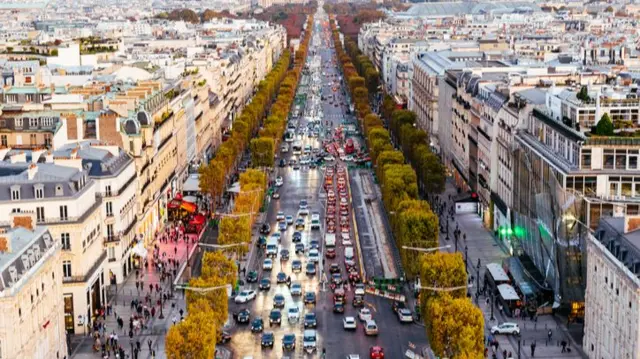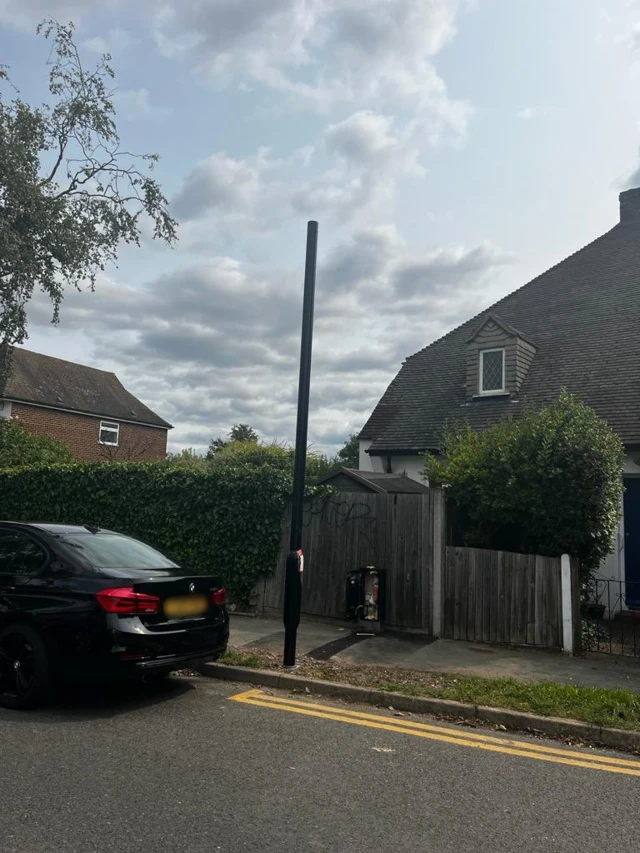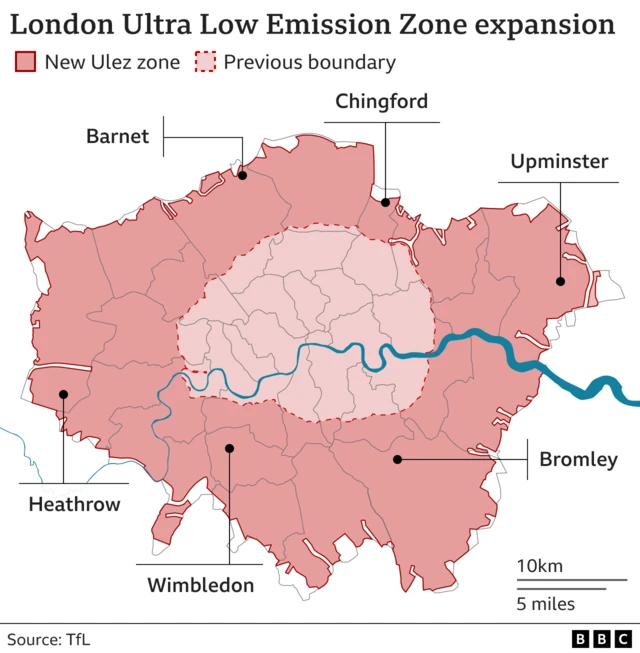London shifts gear as Ulez takes effectpublished at 16:00 BST 29 August 2023
After months of challenges, London Mayor Sadiq Khan's plan to create the world's largest low emission zone has finally come into being.
From today, owners of polluting cars face a £12.50 daily charge to drive in any part in the capital.
Not everyone was pleased with the expansion of the Ulez: PM Rishi Sunak says he wishes it hadn't been implemented, and Labour leader Keir Starmer believes his party lost a by-election over it. But Khan is adamant it's vital to improve air quality, and the data is on his side.
Today's live coverage was brought to you by our writers Oliver Slow, Liz Jackson, Jacqueline Howard, Thomas Mackintosh and Emily Atkinson; the page was edited by Dulcie Lee, George Bowden and Alexandra Fouché.
For more Ulez coverage, read our news story here.

